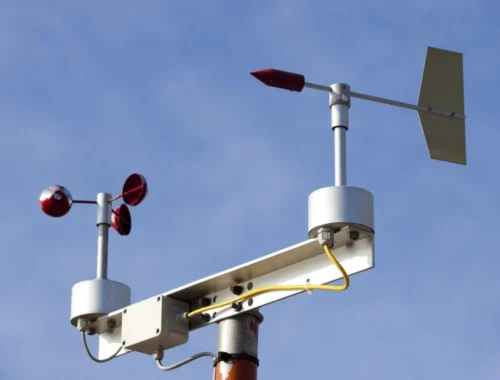The data behind the most-searched luxury sneakers
According to Zion
Market Research, the global footwear market is forecasted to reach 320
billion US dollars by 2023. Footwear sales for men grew 27 percent between
2011 and 2016 while women’s footwear, a more mature market, grew 21
percent. If growth continues this way, men will be spending more on their
shoes than women. And no prizes for guessing where this growth has come
from. Sneakers.
As we all know, for many years, interest in athleisure styles has been
shaking up the way we dress. Moving from a trend to a lifestyle choice,
this movement is no longer reserved for sports brands. The luxury sector
has also been bolstering it’s assortments, fuelling our never-ending
obsession with sneakers.
Growth over time
Men’s designer trainers are currently at an all-time high. We see them
on the feet of entertainers and sneakerheads alike, on socials, on the
runway. Gone are the days where sneakers were banned from offices and
nightclubs. Now, sneakers are the status icon for millennials, giving
luxury brands an opportunity to attract this demographic. And it’s working.
In NPD’s recent report, expensive shoes have surpassed luxury handbags as
the latest status symbol.
EDITED data confirms this market has experienced some impressive growth.
The number of new men’s luxury sneaker arrivals have increased quarter on
quarter in the UK & US combined since 2016. While Q4 2018 reveals a dip
from previous years, numbers shot up again in Q1 2019 by 26 percent –
that’s 159 percent growth since Q1 2016.
What brands do consumers want?
The most searched luxury sneaker brands in the US for men are Alexander
McQueen, Balenciaga, Common Projects and Gucci. Looking at the data, these
brands are capitalizing on this popularity and growing sneaker assortments.
In the US, Alexander McQueen has expanded its men’s sneaker range 88
percent YoY. Balenciaga sneakers have increased by 97 percent. Major luxury
e-tailers are buying deeper into Common Projects. Farfetch has grown it’s
offering 21 percent while Ssense has increased backing on the brand by 56
percent YoY.
Luxury’s bright future
While the luxury market has recently experienced an economic slowdown in
major markets, the future is looking optimistic. Deloitte’s Top 100 annual
list of the world’s largest luxury goods companies stated that 76 percent
of these companies reported sales growth, with half of them achieving
double-digit growth. The global demand for luxury goods is expected to grow
as more consumers reach middle-class status. This correlates with the
increase in pricing for luxury items. We charted the increase of average
full price of sneakers by the most-searched luxury brands YoY.
This hasn’t deterred customers from shopping. Looking at the newest
arrivals in the US market for Q1, 24 percent of new luxury sneakers are now
out of stock. Of this 24 percent, 21 percent of the sold out styles were
discounted – meaning nearly 80 percent of products sold at full price.
These metrics are all indicators that this is a healthy category.
The disruption of pure play brands
How do luxury sneakers compare with the Nikes of the world? Pure play
active brands still dominate this category, with men’s sneakers increasing
4 percent YoY.
These brands also hold the top spot in luxury-centric e-tailers. The top
3 men’s sneaker brands that Farfetch are stocking are Nike, Adidas and
Vans. It’s evident that there’s a growing presence of performance sneaker
brands in traditional luxury e-commerce assortments. There is a similar
pattern at Luisaviaroma, Mr. Porter and Ssense.
What are the best-selling styles?
In line with prominent runway trends, both chunky and hi-top silhouettes
emerged as successful styles in the UK & US market.
The ever-present “dad sneaker” was popular in black and white at
Alexander McQueen and Dsquared, while Stella McCartney injected pops of
neon and bold primary colors.
On the flip side, the classic hi-top was a minimalist alternative. The
sock silhouette is still performing for Balenciaga with the Speed trainer
being replenished 13 times in the UK, a strong indication of a must-have
style.
This article was written for FashionUnited by Katharine Carter of Edited. Edited is
the leader and industry-standard for real-time retail analytics, where the
software leverages artificial intelligence to track and reveal insights on
competitor product ranges, pricing, discounting and trends across the
global retail landscape. The software is used by buyers, planners and
trading teams to generate a huge competitive advantage.
All images courtesy of EDITED
Click Here: Christian Dior perfume
You May Also Like

Wind Speed Measurement Instrument: An Essential Tool for Accurate Weather Monitoring
March 19, 2025
コンテナハウスの魅力と活用方法
March 14, 2025